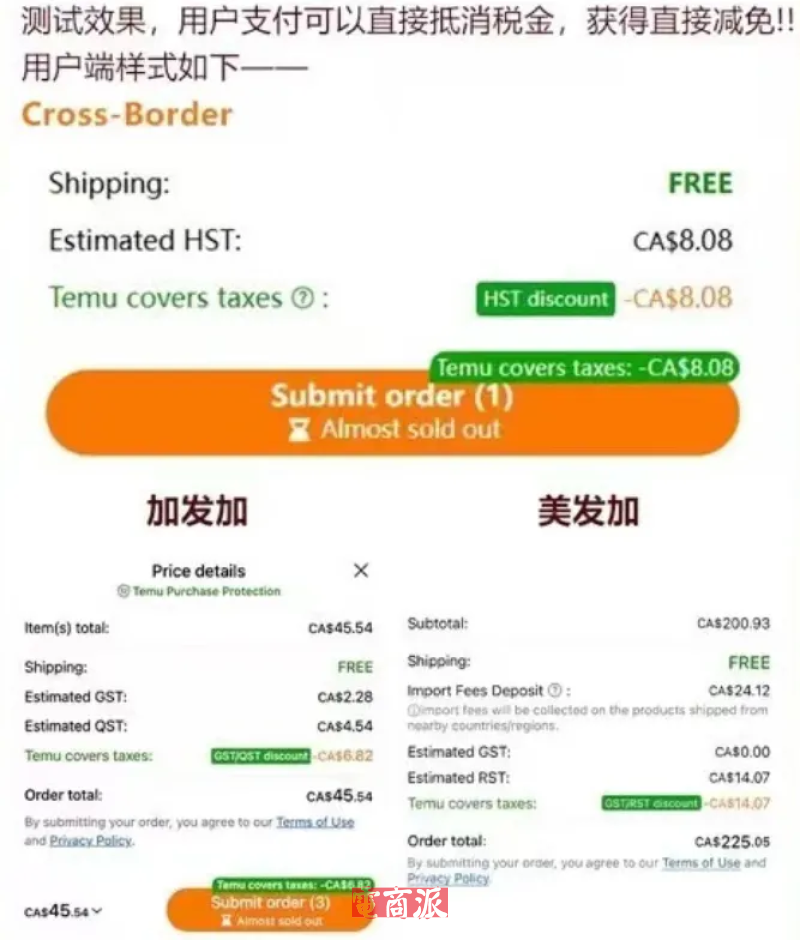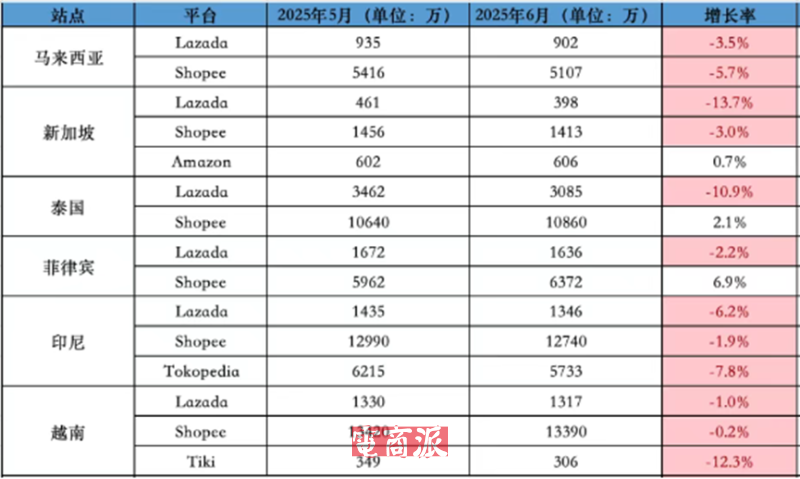java的map.isempty

Map.isEmpty in Java is a method that is used to check whether a Map is empty or not. A Map is considered empty if it has no key-value mappings. This method returns true if the Map is empty and false if it is not.
When working with Maps in Java
it is crucial to check whether a Map is empty or not before performing operations on it. This helps in avoiding unnecessary operations on an empty Map and prevents any potential exceptions that may occur due to accessing a Map that has no elements.
The isEmpty method is a convenient way to quickly check the status of a Map without having to iterate over its elements manually. This method provides a simple boolean result that can be used in decision-making processes within a program.
To understand the functionality of the isEmpty method
let's consider an example scenario where we have a Map that stores information about students' grades:
```java
Map
Integer> gradesMap = new HashMap<>();
gradesMap.put("Alice"
85);
gradesMap.put("Bob"
92);
gradesMap.put("Charlie"
78);
// Check if the Map is empty
if (gradesMap.isEmpty()) {
System.out.println("The grades map is empty");
} else {
System.out.println("The grades map is not empty");
}
```
In this example
we first populate the gradesMap with some key-value pairs representing students' names and their corresponding grades. We then use the isEmpty method to check if the Map is empty or not. Since the Map has elements stored in it
the output will be "The grades map is not empty".
It is important to note that the isEmpty method does not remove any elements from the Map or modify its contents in any way. It simply checks whether the Map is empty or not based on the number of key-value mappings it contains.
In conclusion
the isEmpty method in Java's Map interface is a useful tool for determining the emptiness of a Map without the need for manual iteration. By using this method
developers can efficiently handle empty Map scenarios and make informed decisions in their programming logic.
 邮件群发-邮件群发软件|邮件批量发送工具|群发邮件平台|批量邮箱发送系统公司
邮件群发-邮件群发软件|邮件批量发送工具|群发邮件平台|批量邮箱发送系统公司








